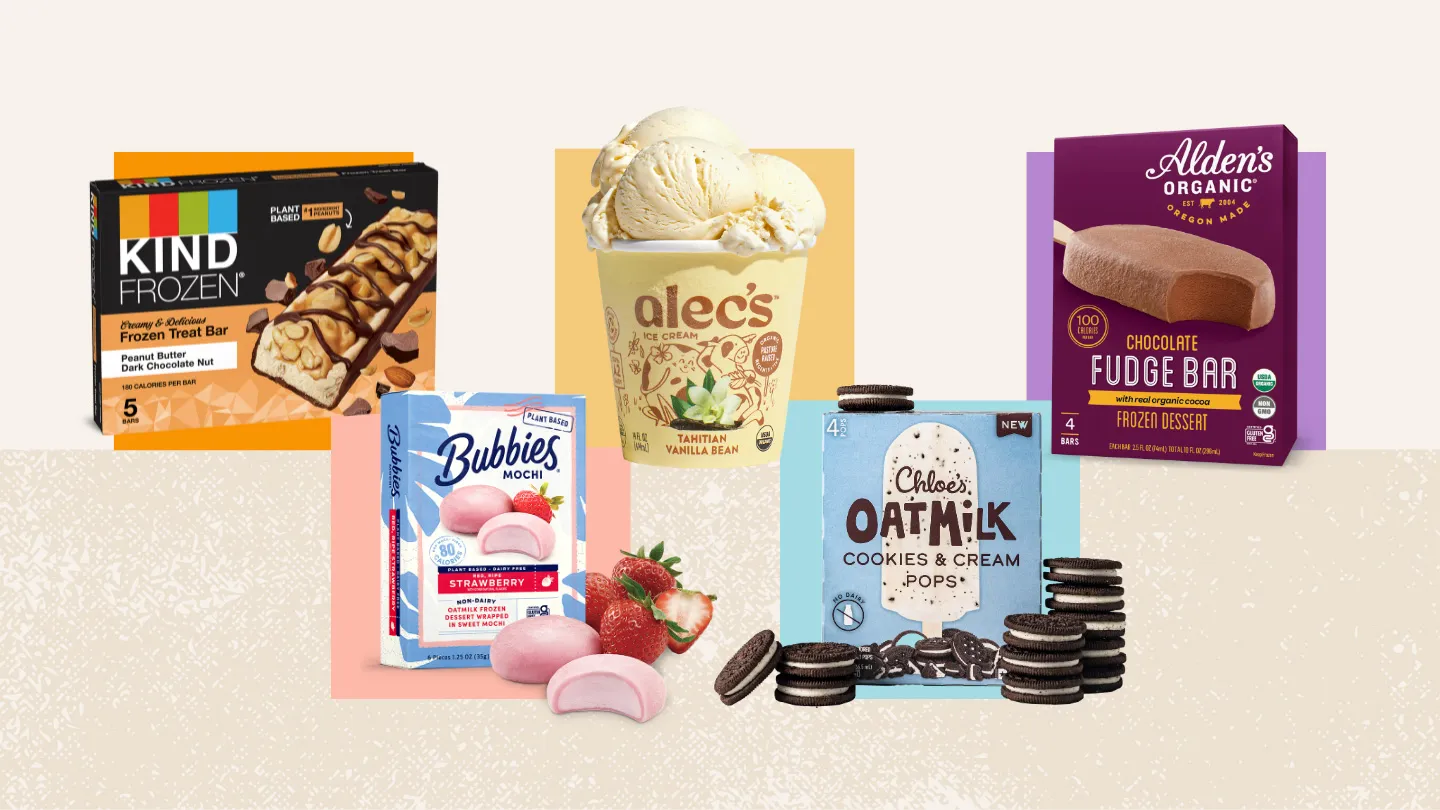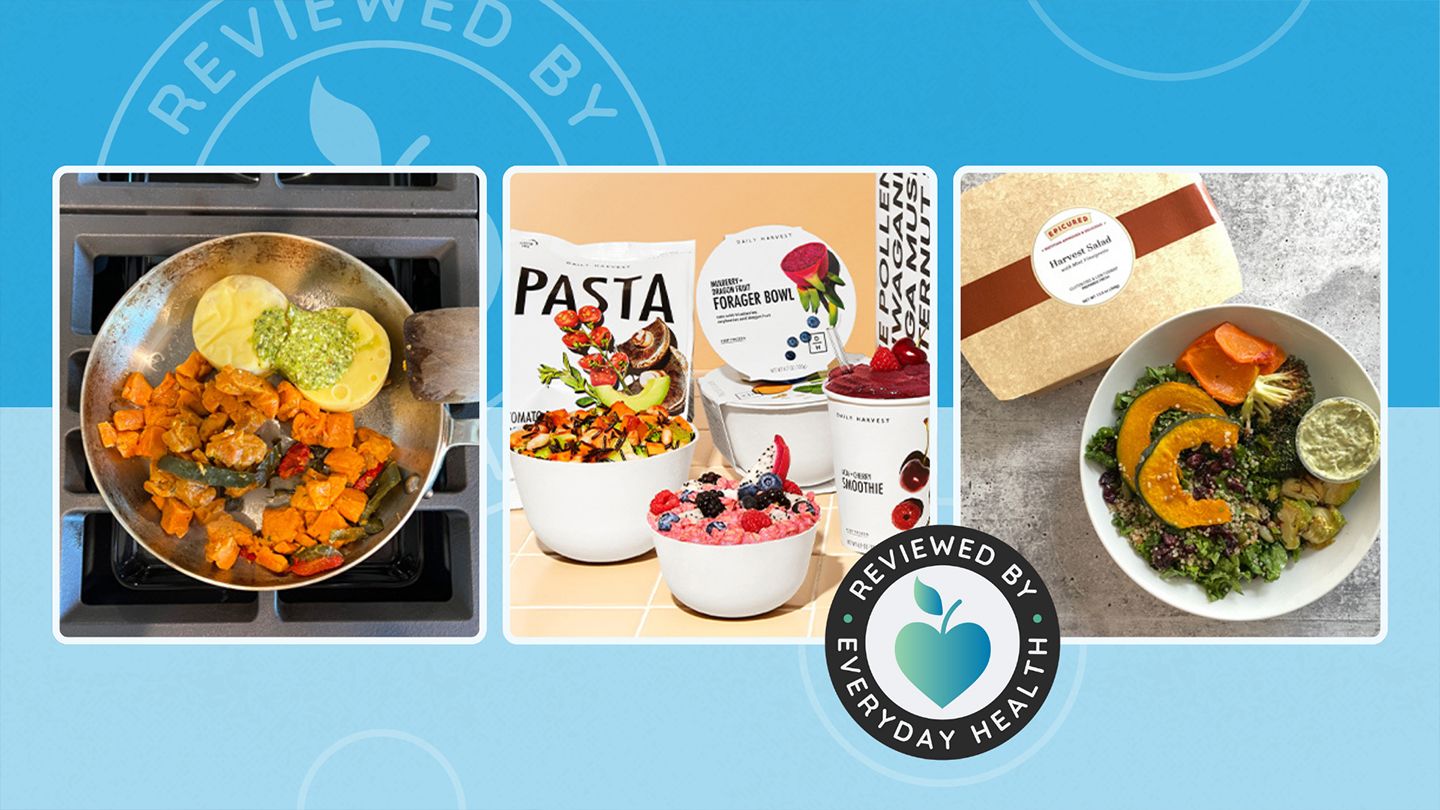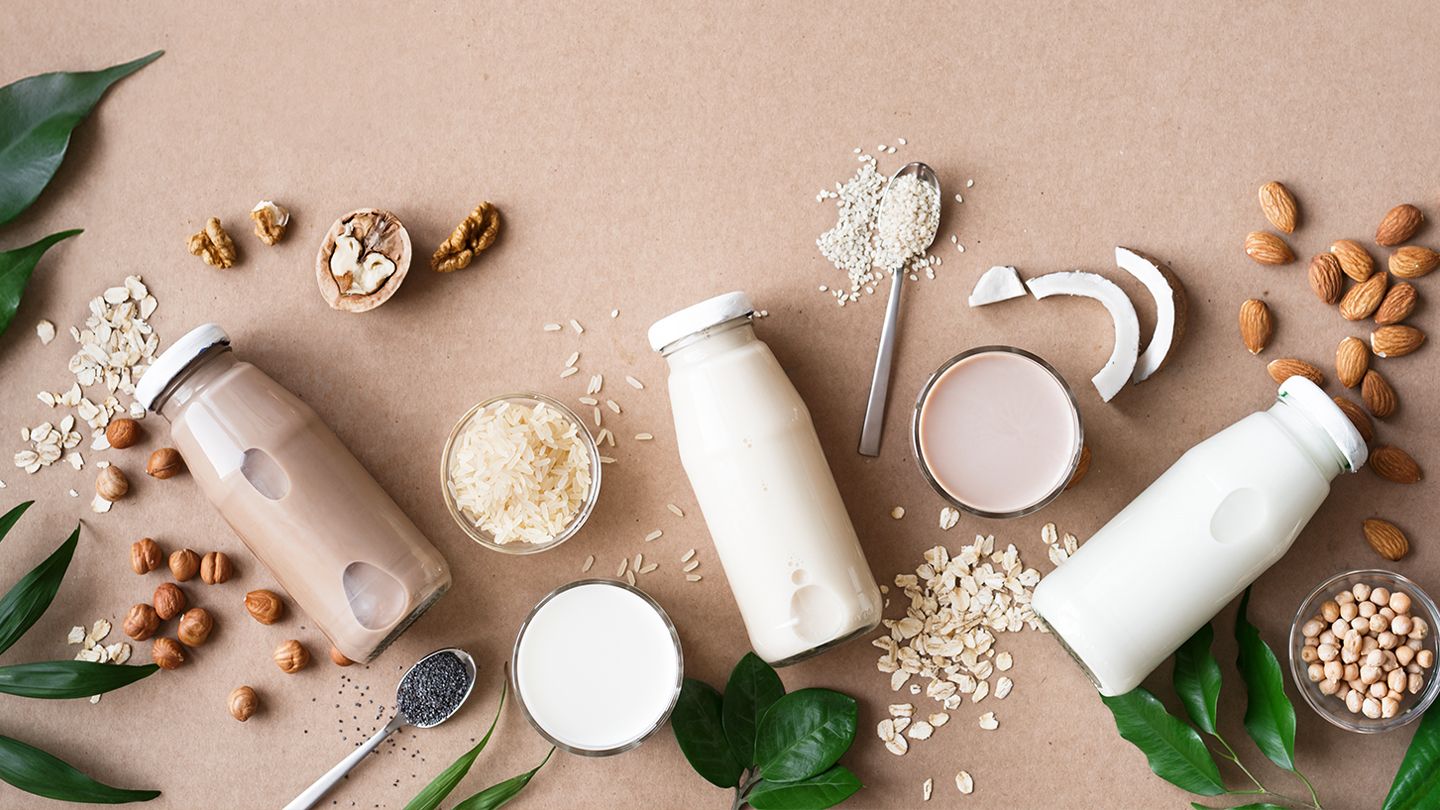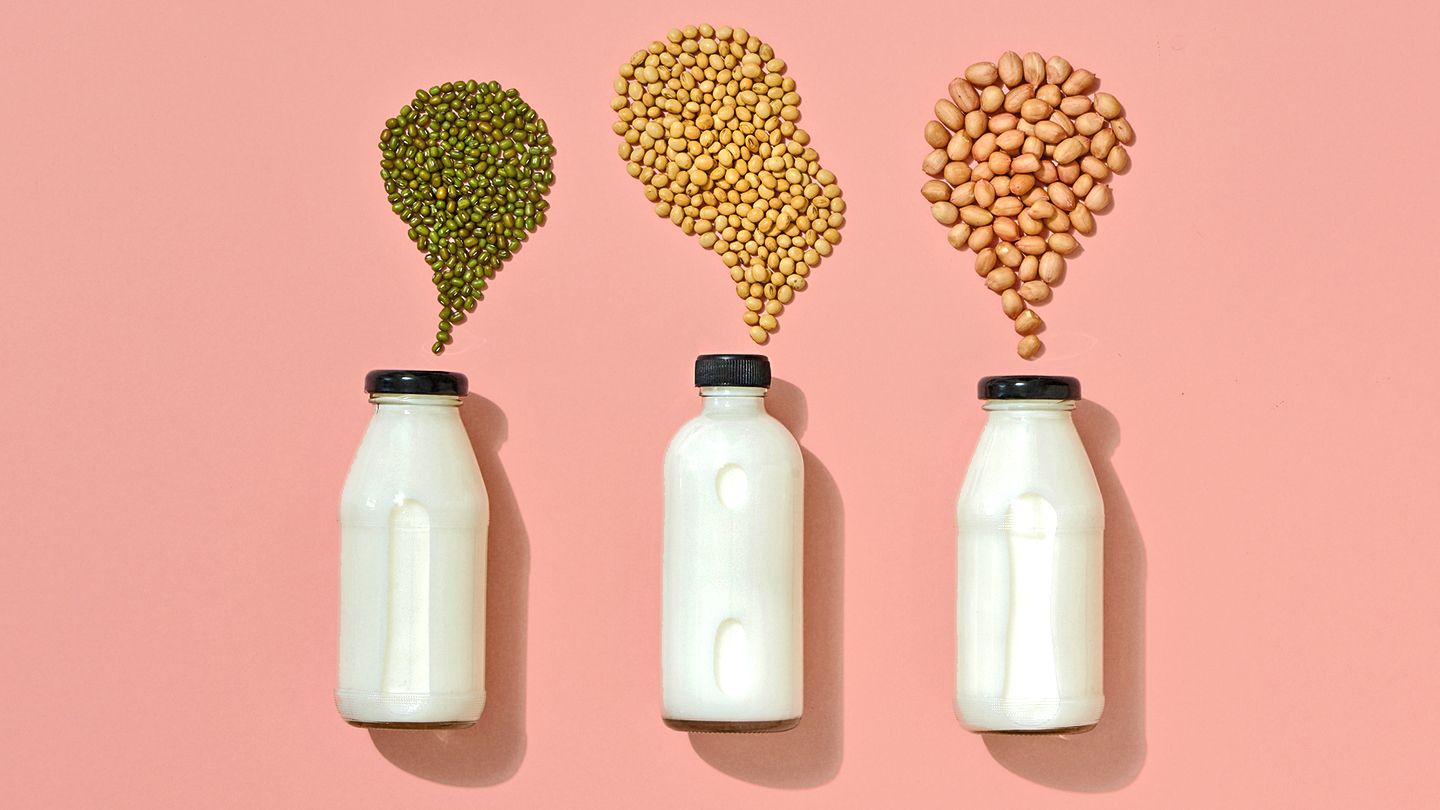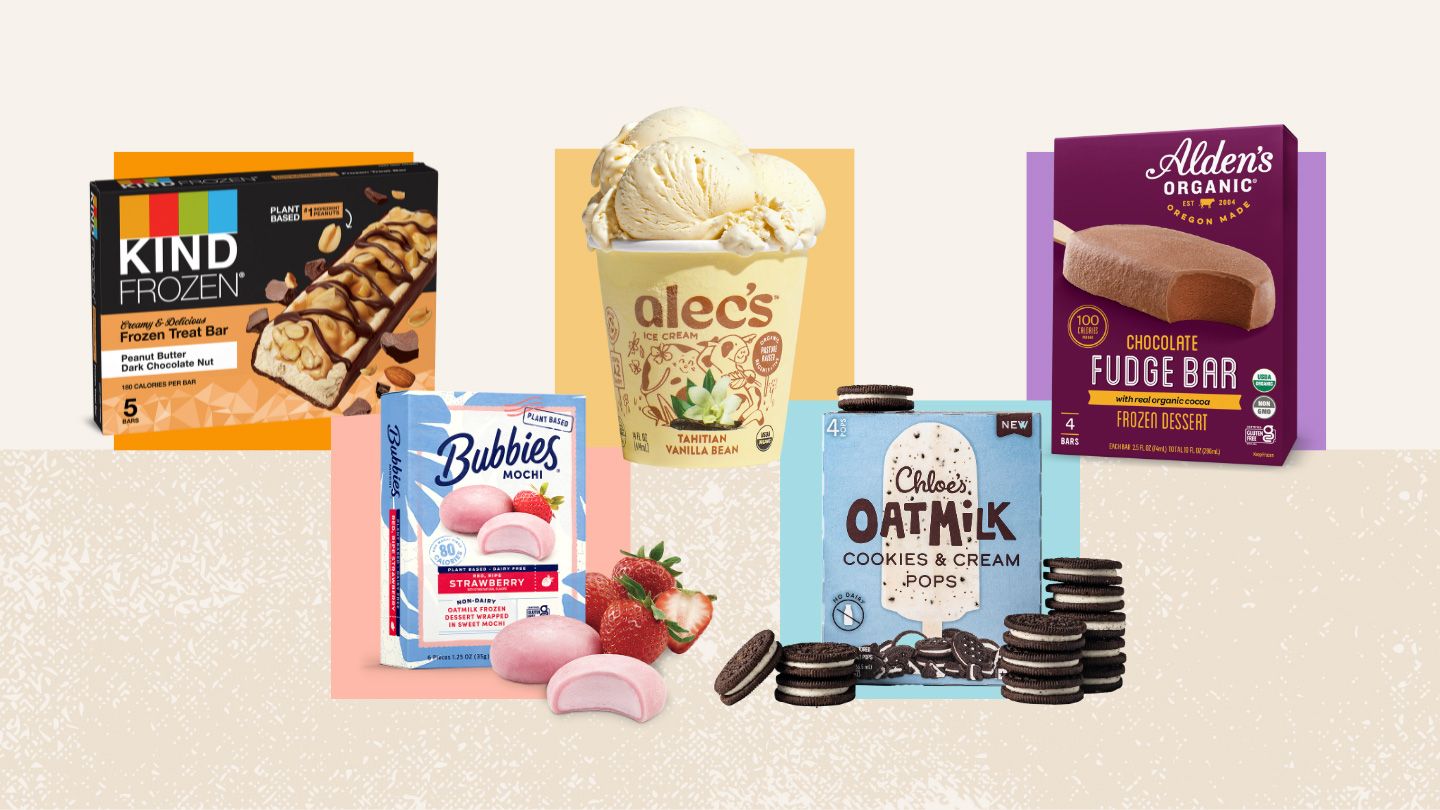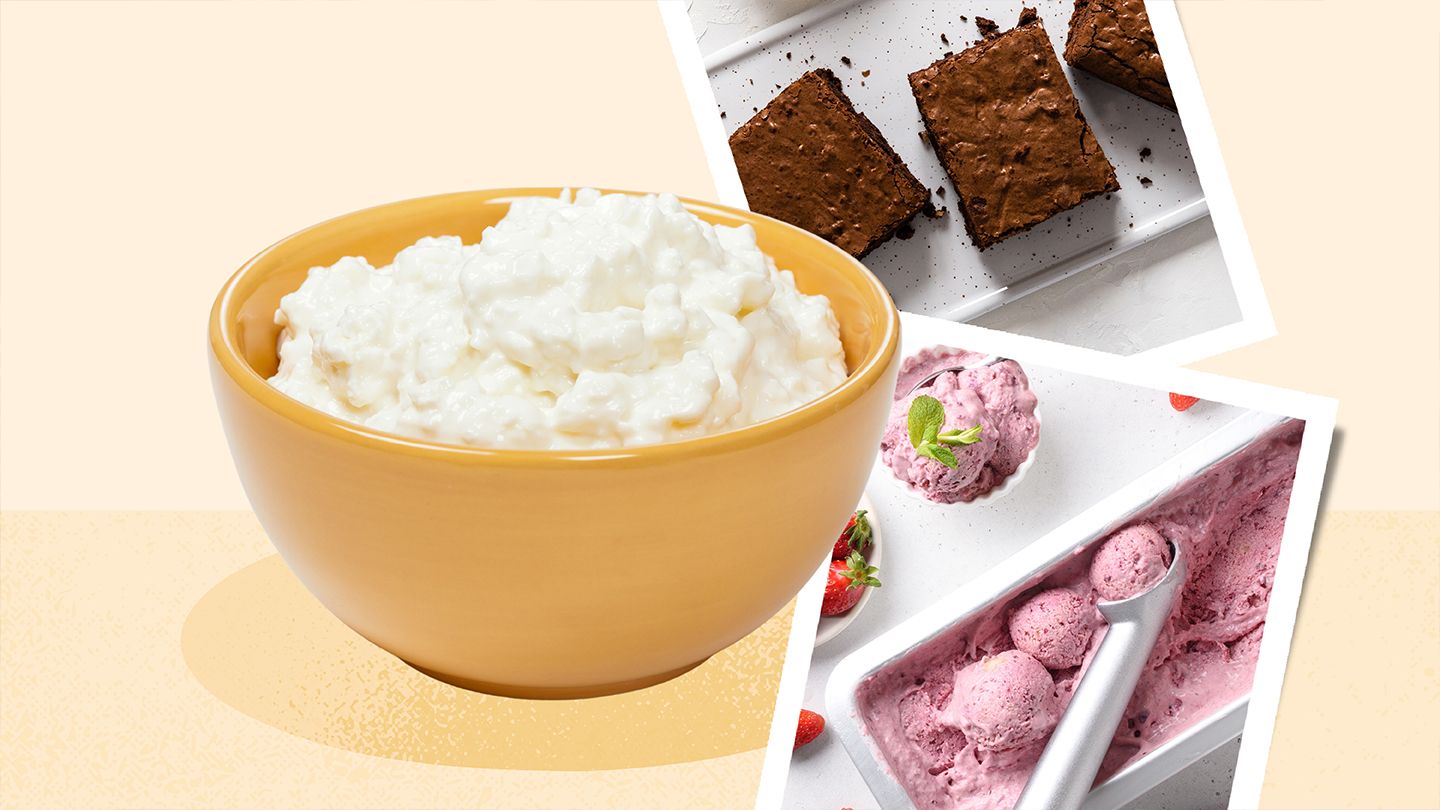Understanding Lactose Intolerance and Dairy Sensitivity
Approximately 68% of the global population struggles with some level of lactose intolerance after childhood. For those affected, consuming dairy products can lead to uncomfortable digestive symptoms. But giving up dairy altogether poses potential nutritional shortfalls.
Common Symptoms of Lactose Issues
Lactose intolerance occurs when the small intestine stops making adequate amounts of the enzyme lactase. This enzyme breaks down lactose sugars in milk. Without it, undigested lactose passes to the colon leading to problems like:
- Abdominal cramping
- Bloating and gas
- Diarrhea
- Nausea
Symptom onset, duration, and severity varies greatly between individuals based on the degree of their lactase deficiency.
Key Nutrients Provided by Dairy Foods
Dairy products like milk, cheese and yogurt provide substantial amounts of nutrients including:
- Protein
- Calcium
- Vitamin D
- Vitamin A
- Riboflavin
- Phosphorus
- Potassium
Finding alternative sources for these becomes important when reducing dairy intake.
Choosing the Best Dairy Substitutes
For moderate lactose intolerance, fermented dairy, lactose-free milk and small doses of hard cheeses may be tolerated. But with severe intolerance, totally dairy-free swaps are essential.
Plant-Based Milk Alternatives
Numerous plant-based milk alternatives now fill grocery shelves. Some top options include:
- Soy milk - High protein, fortified with calcium and vitamin D
- Almond milk - Low calories, contains some calcium
- Coconut milk - High in healthy fats with a creamy texture
- Oat milk - Rich in vitamin B12 and has some protein
- Pea milk - Nutrient profile similar to cows milk
When comparing plant-based milks, check labels for protein, calcium and vitamin D to best mimic dairy's nutritional offerings. Fortified varieties help boost levels.
Other Dairy Substitute Options
Beyond beverage replacements, modifying how you use dairy in cooking and baking can further support a lactose intolerant diet. Strategies include:
- Nut and seed butters - Spread on toast instead of butter
- Avocado - Blend into smoothies for creaminess
- Hummus - Use for a veggie dip replacement
- Canned coconut milk - Add to curries instead of dairy cream
- Tofu - Puree for a sour cream substitute
- Vegetable broth - Use for cooking creamy soups and oatmeal
Fortifying a Dairy-Free Diet with Targeted Supplements
Relying totally on plant sources poses the risk for potential nutritional shortfalls. Strategic supplementation helps fill common gaps.
Elemental Calcium
Even when emphasizing calcium-rich plants like leafy greens, getting sufficient calcium remains tricky without dairy. A supplemental form, typically derived from limestone, keeps this mineral in balance.
Vitamin D3
Since vitamin D fortification of dairy products is common, blood levels of the sunshine vitamin frequently drop without them. A vitamin D supplement further protects bone health.
Probiotic Blends
Some research indicates probiotic supplements may benefit gastrointestinal symptoms linked to lactose intolerance. Strains like Lactobacillus and Bifidobacterium show particular promise.
Digestive Enzymes
Enzyme supplements providing lactase, the enzyme deficient in lactose intolerant individuals, allow some residual dairy to be enjoyed. Blended enzyme formulas may also improve digestion of other foods.
Following a Balanced, Symptom-Free Diet Without Dairy
Eliminating lactose doesnt mean giving up savory, satisfying foods. These tips allow those sensitive to milk sugars to prevent discomfort while still eating whole, nutritious meals.
Emphasize Naturally Dairy-Free Food Groups
Fill your plate with vegetables, fruits, beans, lentils, whole grains and responsible seafood. These form the lactose-free cornerstones of healthy diets worldwide.
Enjoy Ethnic Cuisines
Cuisines from Asia, Africa, the Mediterranean and elsewhere craft incredible dishes without dairy as a predominant ingredient. Experiment with global recipes that highlight plant-based traditions.
Always Carry Supplements When Dining Out
Scan menus closely since dairy can easily hide in restaurant items like soups, dressings and baked goods. Having calcium, enzymes or emergency symptom relievers on hand provides backup support.
With smart substitutions and thoughtful supplementation, living joyfully lactose-free is absolutely possible. Small adjustments keep discomfort away without requiring major sacrifice.
FAQs
What dairy has the lowest lactose content?
Aged, harder cheeses like cheddar, Parmesan and Swiss have very little lactose since cultures feast on the milk sugars during processing. Small amounts may be tolerated by those with mild intolerance.
Can I drink lactose-free milk?
Lactose-free milk, made by adding lactase enzymes to break down sugars, contains only about 5% lactose vs. regular milk. This allows many with an intolerance to drink it comfortably.
How do you know if you are lactose intolerant?
Common symptoms appearing 30 minutes to 2 hours after dairy intake include abdominal cramping, bloating, gas and loose stools. Keeping a food and symptom diary helps identify if dairy specifically triggers problems.
What nut milk is highest in calcium?
Almond milk tends to contain more naturally occurring calcium than other nut or plant milks, with about 500mg per 32oz. However, many labels can be deceiving. Check if milk alternatives are fortified with additional calcium.
Disclaimer: This article is for informational purposes only and does not constitute medical advice. Always consult with a healthcare professional before starting any new treatment regimen.
Related Coverage
Learn whether orange sherbet contains milk and lactose or if it's a dairy-free dessert option. Get info on dairy-free orange sherbet varieties for lactose intolerance....
For those avoiding dairy, delicious plant-based alternatives abound. Learn about nutritious and tasty soy, nut and coconut milks, cheeses, yogurts, ice creams....
Learn about the lactose content in different types of goat cheese and goat milk. Get tips for including goat cheese in a low-lactose or lactose-free diet....
This complete guide covers the best milk, cheese, cream, yogurt, butter and ice cream substitutes to manage lactose intolerance through a dairy-free diet....
If you have lactose intolerance, eliminating dairy can lead to nutritional gaps. Learn about the best milk substitutes, supplements to fill shortfalls, and how to eat dairy-free....
Goat cheese contains less lactose than regular cow's milk cheese, but isn't fully lactose-free. However, well-aged hard goat cheese contains almost no lactose....
Take this lactose intolerance quiz to help determine if you have difficulty digesting dairy. Learn about the common symptoms, causes, diagnosis and treatment options....
Traditional orange sherbet recipes contain milk, cream or other dairy ingredients. But coconut, nut or soy milk offer easy dairy-free substitutes to still enjoy the sweet treat....
Sherbet contains some dairy, but can often be dairy-free. Explore the ingredients in sherbet, nutrition facts, health benefits, tips for eating, and recipes....
The latest statistics on the UK construction industry show growth overall but ongoing challenges with skills shortages and rising costs. The sector grew by 2.8%....
